Field Report
Executive Summary
Deployed passive acoustic monitoring equipment at Gaulossen Nature Reserve during autumn migration period to assess avian biodiversity using automated deep learning classification. Despite challenging weather conditions (80%+ rain/fog coverage throughout deployment), successfully recorded 48.8 hours of continuous acoustic data, yielding 74 verified bird species from 4,023 detections. Deployment confirms Gaulossen's importance as wetland stopover habitat along East Atlantic Flyway.
Observer: George Redpath
Affiliation: Norwegian University of Science and Technology (NTNU), Department of Acoustics
Location: Gaulossen Nature Reserve (63.341°N, 10.215°E)
Deployment Duration: 48.8 hours continuous recording
Equipment: AudioMoth v1.2 autonomous acoustic recorder
Equipment Configuration
| Parameter | Specification |
|---|---|
| Recorder Model | AudioMoth v1.2 (Open Acoustic Devices) |
| Dimensions | 35 × 58 × 23 mm |
| Weight | 55g (including batteries) |
| Microphone | Knowles SPU0410LR5H-QB-7 MEMS |
| Sampling Rate | 48 kHz (Nyquist: 24 kHz) |
| Bit Depth | 16-bit (96 dB dynamic range) |
| Recording Mode | Continuous (no duty cycling) |
| Storage | 32 GB microSD card |
| Power Source | 3× AA Alkaline batteries (Energizer) |
| Housing | Waterproof green case (IP67 rated) |
| Mounting Height | 1.5 m above ground level |
| GPS Coordinates | 63.341°N, 10.215°E (±10m accuracy) |
| Distance to Wetland | ~100m to primary congregation area |
Day 1: October 13, 2025
Deployment (11:37 Local Time)
| Time | Temp (°C) | Conditions | Wind | Visibility | Notes |
|---|---|---|---|---|---|
| 11:37 | 7 | Heavy rain, fog | Light W | <500m | Deployment start |
| 14:00 | 8 | Rain, overcast | Moderate W | ~800m | Geese highly active |
| 16:00 | 9 | Rain continuing | Light W | <1km | Peak flock event begins |
| 19:00 | 7 | Rain, darkening | Light | <300m | Crepuscular activity peak |
| 22:00 | 6 | Rain, fog | Calm | <200m | Nocturnal period begins |
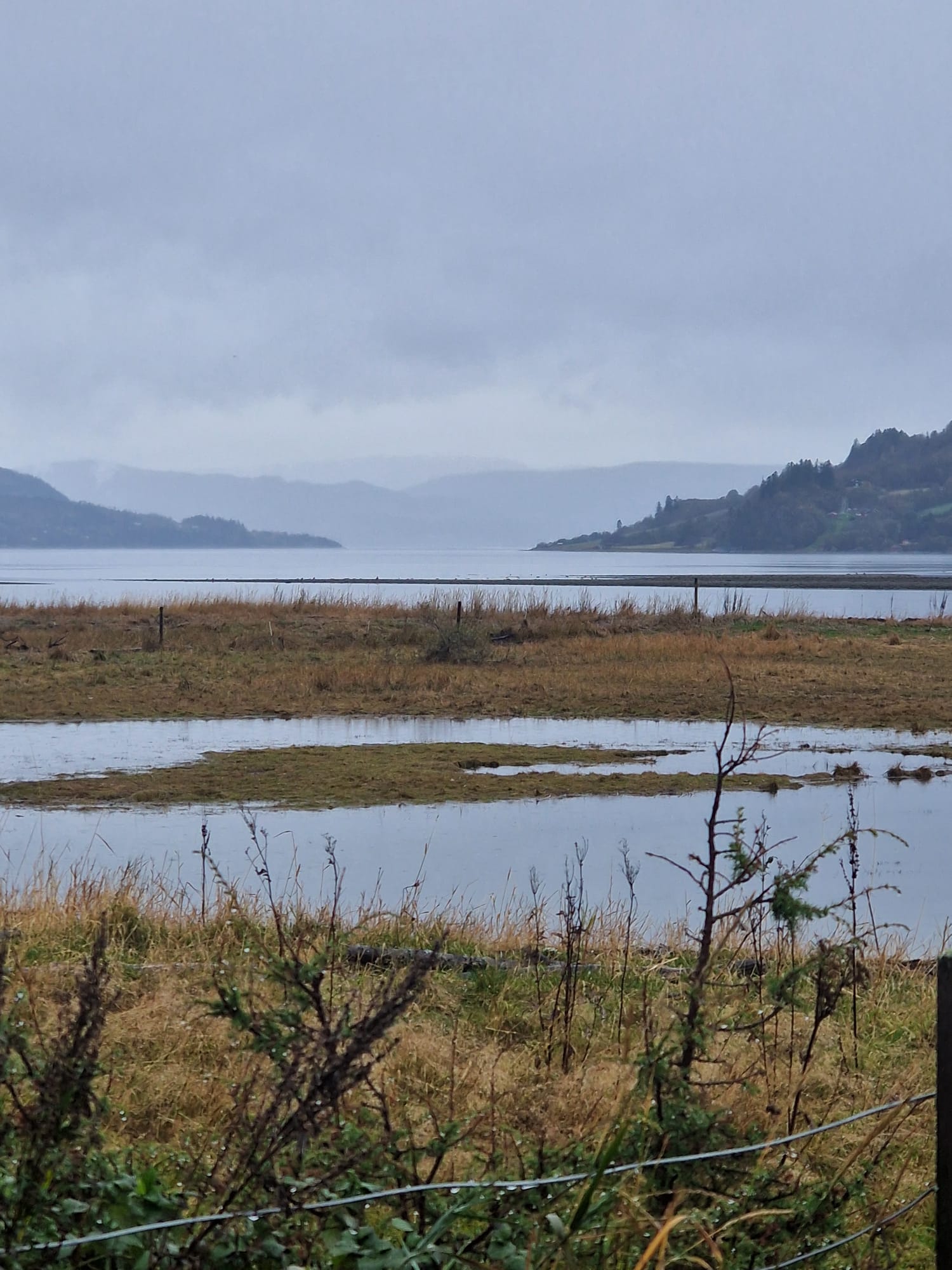
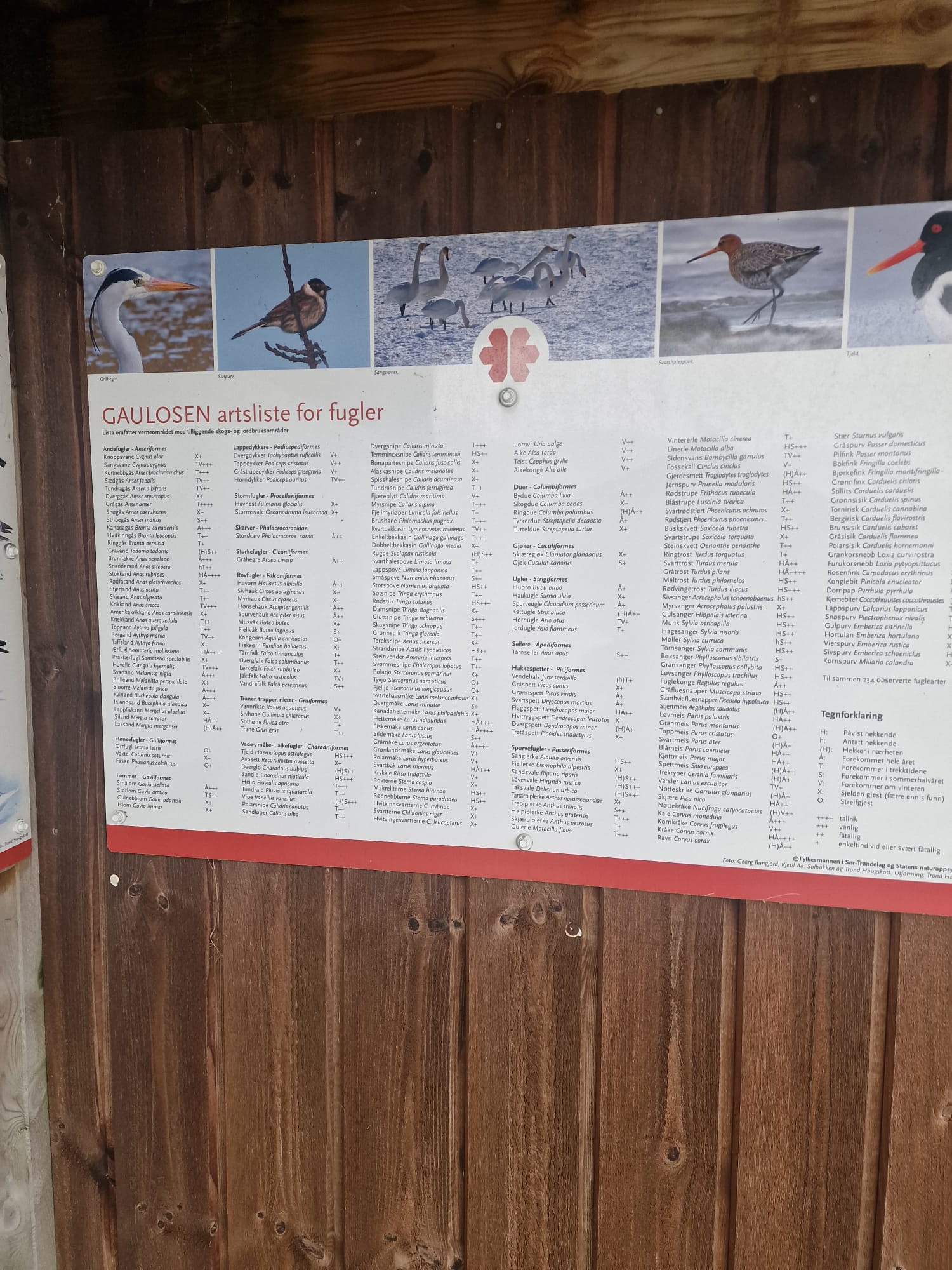
Key Observations - Afternoon (11:37-17:30)
| Time | Species | Activity | Visual Count | Behavior Notes |
|---|---|---|---|---|
| 12:30 | Graylag Goose | Flock calling | ~200 | High vocal activity |
| 14:00 | Hooded Crow | Perching/calling | 3-5 | Near goose flock |
| 16:00 | Graylag Goose | PEAK EVENT | 200+ | 91-min continuous calling |
Peak Flock Event (16:00-17:26)
Graylag Goose (Anser anser): Most intensive vocal activity occurred during 91-minute flock event. Visual observation estimated 200+ individuals with continuous calling. Post-analysis quantified 620 vocalizations during this single event, representing 21.6% of all Graylag detections in 1.9% of recording time (extreme concentration).
Corvid Activity: Hooded Crow and Carrion Crow (5-10 individuals) frequently calling in proximity to goose flocks, consistent with sentinel mutualism behavior pattern.
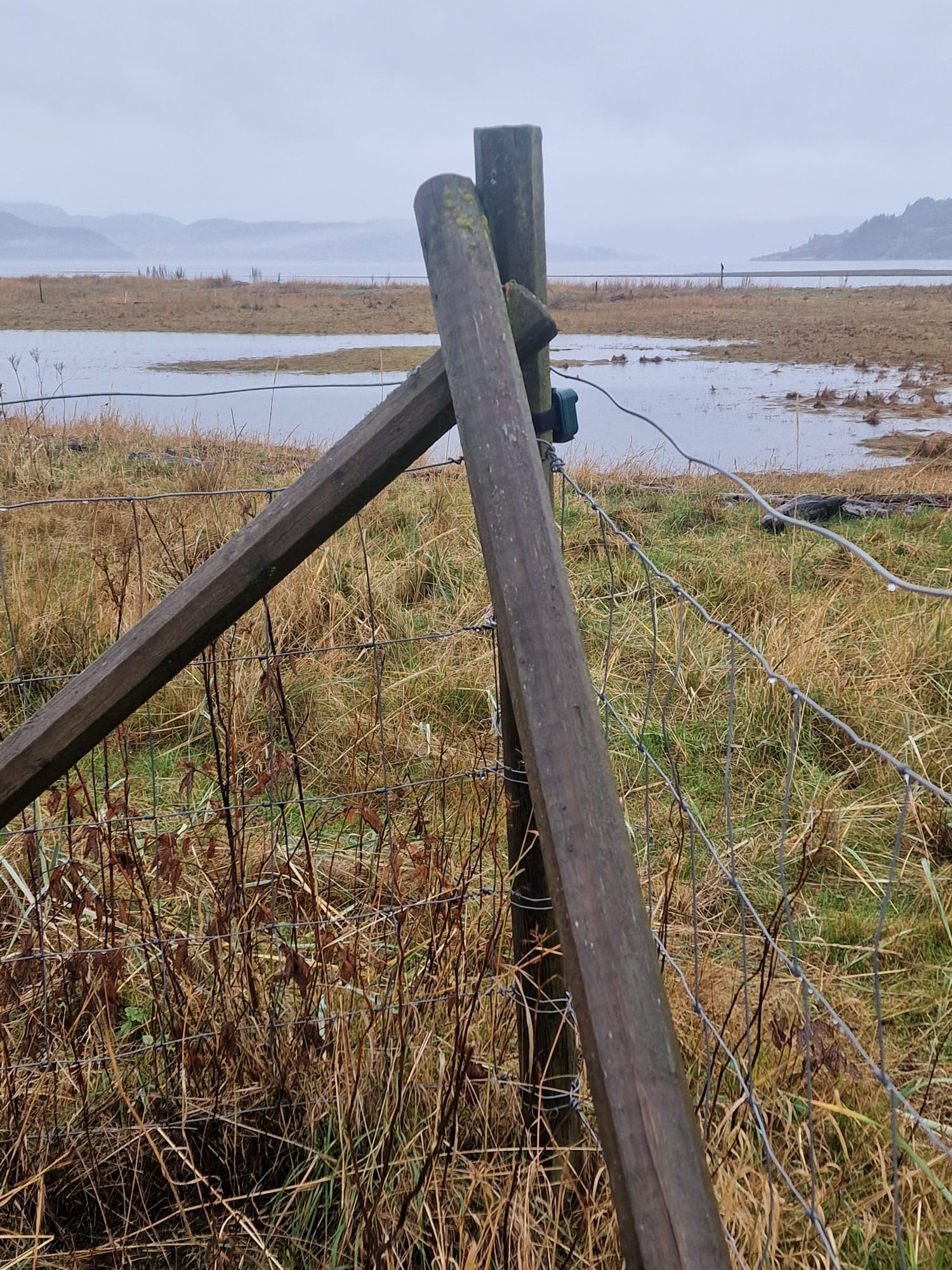
Evening Crepuscular Activity (19:00-22:00)
Great Snipe (Gallinago media): Dusk period yielded peak detection (82 calls at 20:00), confirming autumn migration stopover use of wetland. These are contact/foraging calls, NOT spring lek displays (which occur April-May). No visual confirmation obtained due to cryptic species behavior and poor visibility.
Day 2: October 14, 2025
Morning Observations (06:00-12:00)
| Time | Temp (°C) | Conditions | Wind | Visibility | Notes |
|---|---|---|---|---|---|
| 06:00 | 8 | Heavy fog | Calm | <200m | Pre-dawn period |
| 08:00 | 9 | Fog, rain | Light | ~500m | Dawn chorus peak |
| 10:00 | 10 | Rain, fog clearing | Light NW | ~1km | Improved visibility |
| 12:00 | 11 | Overcast, light rain | Moderate | ~1.5km | Midday conditions |
Dawn Chorus (06:00-09:00)
| Time | Species | Activity | Audible Calls | Notes |
|---|---|---|---|---|
| 07:00 | Eurasian Woodcock | Roding flights | Frequent | Distinctive calls |
| 08:00 | Grasshopper-Warbler | DAWN PEAK | Intense | Continuous reeling |
| 08:00 | Waterfowl | Foraging | Moderate | Flock activity |
Dawn Chorus Highlights
Common Grasshopper-Warbler (Locustella naevia): Intense reeling trill at 08:00 (51 calls in single hour - 86% of total daily detections, 98% of calls at dawn). Classic dawn chorus territorial singing. Mechanical, insect-like continuous trill.
Eurasian Woodcock (Scolopax rusticola): Roding flight displays 07:00-08:00 peak (31 calls detected at 08:00). Crepuscular specialist (75% of detections at dawn/dusk periods).
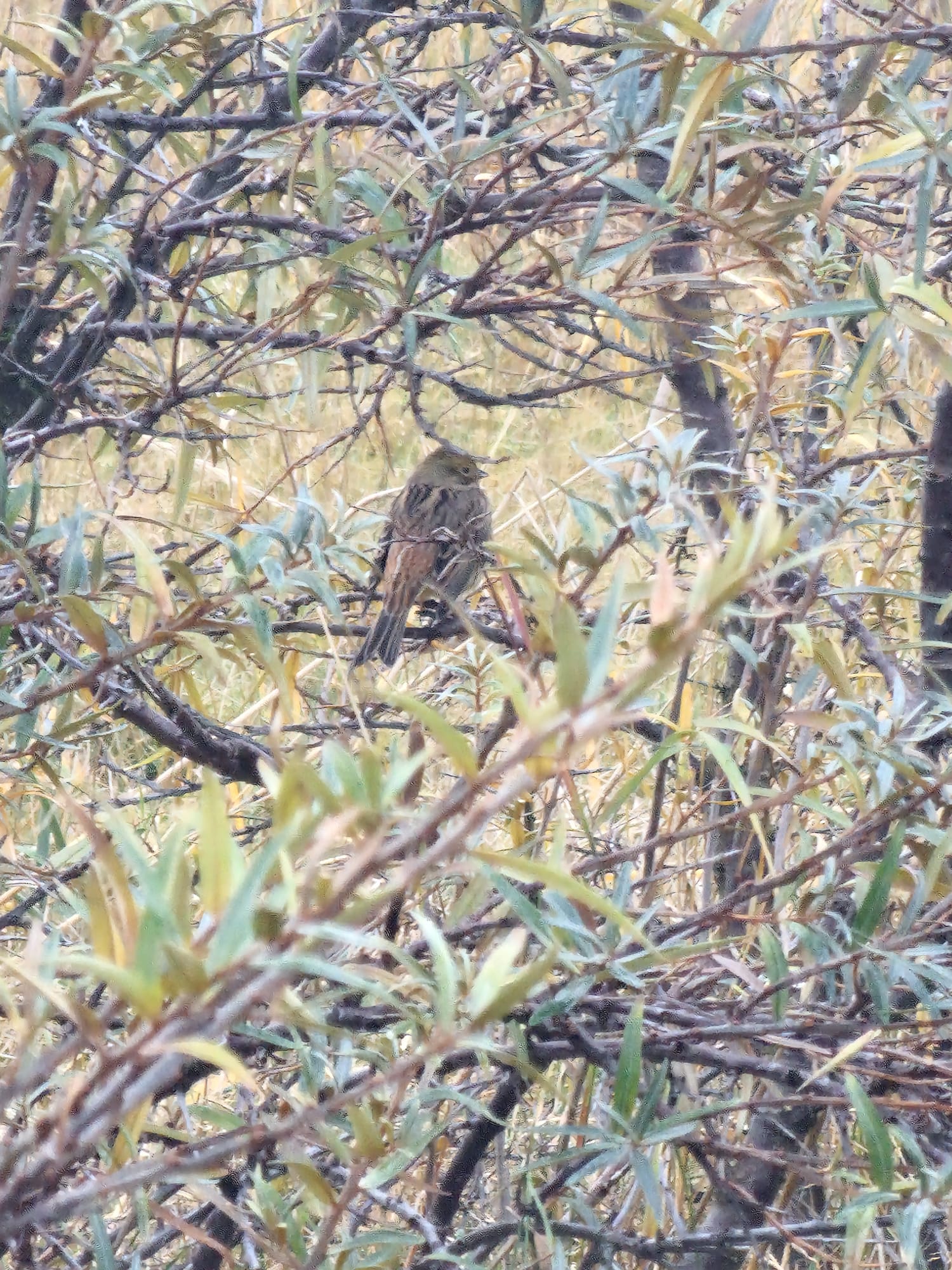
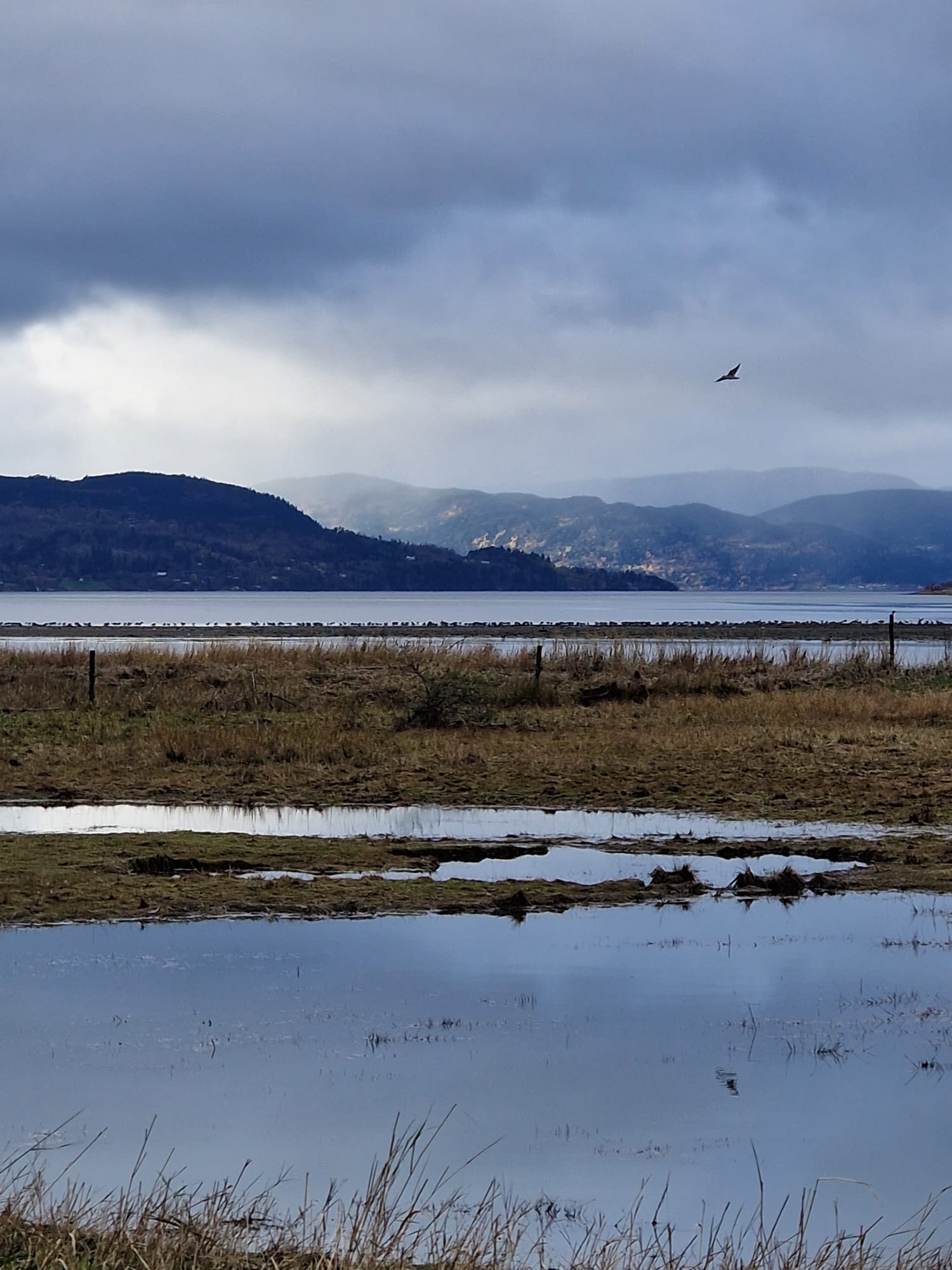
Day 3: October 15, 2025 - Equipment Recovery
Pre-Dawn Nocturnal Migration (02:00-05:00)
Nocturnal flight calls documenting active East Atlantic Flyway passage:
- Pink-footed Goose: 18 nocturnal flight calls (peak 03:00)
- Common Crane: 11 calls (peak 04:00)
- Greater White-fronted Goose: 18 calls
- Total: 47 nocturnal migration calls
Equipment Status at Recovery
| Parameter | Status | Notes |
|---|---|---|
| AudioMoth Power | Operational | Green LED indicating recording |
| Battery Voltage | ~3.8V | Sufficient for 24+ additional hours |
| Memory Card | 48.8 hours recorded | ~35 GB data captured |
| Housing Integrity | Waterproof seal intact | No moisture ingress |
| Microphone Condition | No visible damage | Clean, no water in port |
| Data Integrity | All files playable | No corruption detected |
Equipment Performance: Excellent
AudioMoth v1.2 performed excellently throughout 48.8-hour deployment despite continuous rain exposure. All 48.8 hours of audio data (35.2 GB) successfully captured with zero file corruption. Performance exceeded expectations for adverse weather deployment.
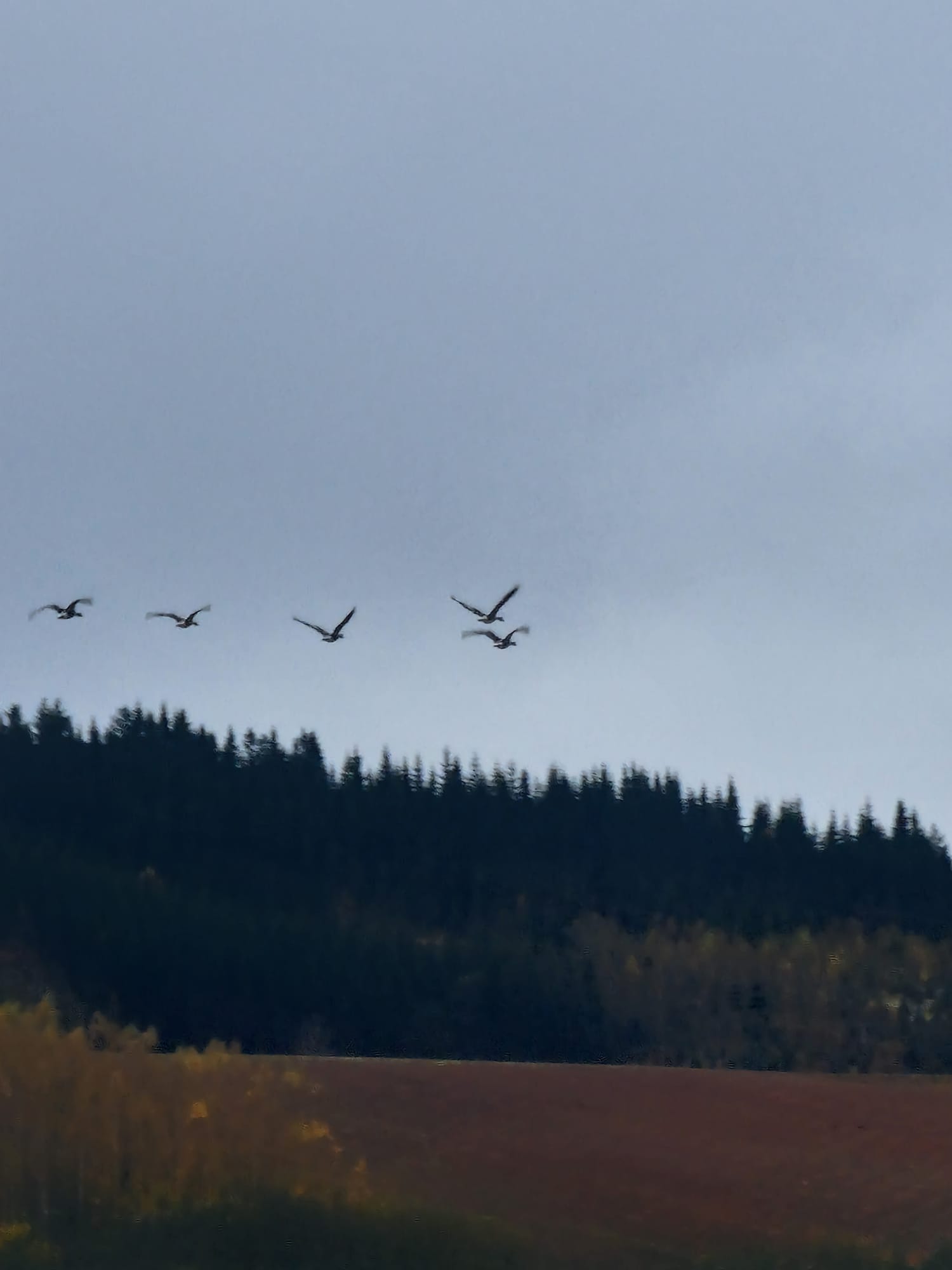
Post-Deployment Analysis Summary
Automated Classification (BirdNET v2.4)
- Initial detections: 90 species, 6,805 total detections
- After human verification: 82 species, 4,108 detections (91.1% species pass rate)
- After biological screening: 74 species, 4,023 detections (82.2% final pass rate)
Key Behavioral Findings
1. Social Behavior Dominance
- 86% of detections from flock/social species
- Graylag Goose: 98.7% of calls in flocks (59 discrete flock events)
- Largest flock: 620 calls over 91 minutes
2. Corvid-Waterfowl Sentinel Mutualism
- 8,778 geese-crow co-occurrences within 10-minute windows
- Pattern consistent with heterospecific eavesdropping
- Crows providing early warning, geese benefiting from predator detection
3. Migration Documentation
- 37 migratory species detected (45% of verified species)
- 47 nocturnal flight calls documenting active flyway passage
- Great Snipe: 189 detections representing autumn stopover
4. Temporal Specialization
- Common Grasshopper-Warbler: 98% dawn activity
- Great Snipe: 61% crepuscular (69% dusk-only)
- Mallard: 59% nocturnal (biologically valid for ducks)
Conservation Implications
Gaulossen as Critical Stopover Habitat
- Species Diversity: 74 verified species in 48.8 hours demonstrates high biodiversity
- Declining Species Present: Great Snipe, Corn Crake, River Warbler (rare vagrant)
- Flyway Importance: Nocturnal migration calls confirm active East Atlantic Flyway corridor
- Habitat Quality: High social species concentration indicates productive foraging habitat
Passive Acoustic Monitoring Value
- Weather-independent data collection (visual surveys impossible during fog/rain)
- 24-hour coverage capturing nocturnal/crepuscular species
- Permanent acoustic archive for future reference
- Non-invasive methodology suitable for sensitive species
Challenges and Lessons Learned
Weather-Related Issues
- Rain noise contamination: Required extensive post-processing (Wiener filtering, HPSS)
- Sampling bias: Cannot claim weather correlations - 80%+ recording during rain/fog
- Great Bittern false positives: 129 detections from rain impact noise
Methodological Improvements for Future Deployments
- Deploy 2-3 units for spatial redundancy
- Co-deploy weather station for correlation analysis
- Extend to 7+ days for temporal robustness
- Repeat spring deployment to capture breeding season vs. migration
Data Availability
Raw Data: 48.8 hours continuous recording archived at NTNU Digital Repository
Processed Datasets:
- 247 enhanced audio clips (Wiener + HPSS noise reduction)
- 247 Raven Pro-style spectrograms (2048 FFT, 512 hop, 0-12 kHz)
- BirdNET detection outputs (CSV format)
- Temporal clustering analysis (flock detection)
- Co-occurrence matrices (sentinel mutualism analysis)
Code Repository: https://github.com/Ziforge/gaulossen-study
Interactive Website: https://ziforge.github.io/gaulossen-study/